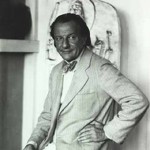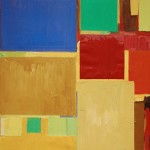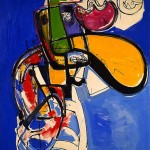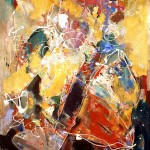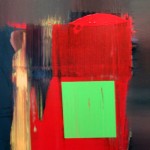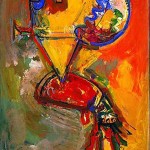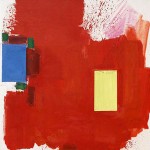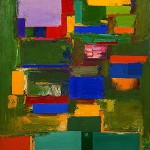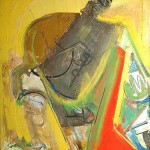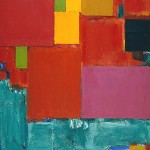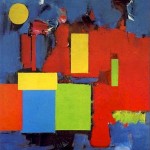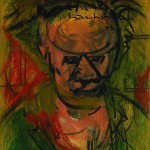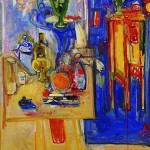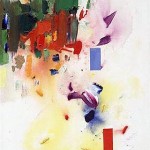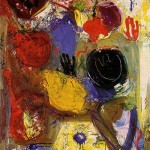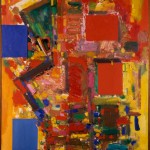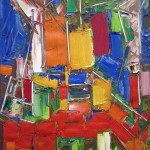Hans Hofmann
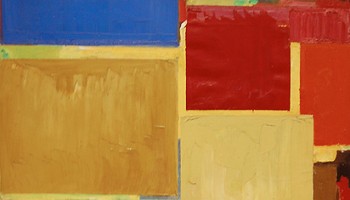
Hans Hofmann was born in Weibenburg, Bavaria on March 21, 1880. At the age of six he moved to Munich where his father, Theodor Hofmann, took a job with the Bavarian government.
As a student, Hofmann had a keen interest in mathematics and his father’s job enabled him to pursue this interest. He went on to patent several innovative electronic devices, including an electromagnetic comptometer, a radar device for ships, a sensitized light bulb, and a portable freezer for use in the military. Even with all these early accomplishments, his focus would ultimately shift to art.
In 1898, Hans Hofmann enrolled at the Moritz Heymann’s Art Academy in Munich. During his studies, Hofmann would be introduced to the works of Claude Monet, Georges Seurat and others whose approach to painting was still relatively new and influential at that time.
Continue reading this article
While continuing his studies in Paris, Hofmann became acquainted with many of the leaders of the modern art movement and French avant-garde. He met artists like Pablo Picasso, Georges Braque and Henri Matisse. Perhaps the most influential friendship he had was with the artist Robert Delaunay who’s theories on color over form, made a lasting impression on Hofmann… a theory that he would continue to develop throughout his life and would later pass on to his many students.
Hans and Maria moved back to Germany for a while in 1909 to look after his ailing sister shortly after the war had broken out, Because of his German citizenship, Hofmann was kept from returning to Paris. At the time, Hofmann had been battling with tuberculosis which kept him from performing military service. So he settled in Munich during the war and opened his first art school in 1915. Hofmann was a gifted teacher and his teaching methods became well-known to artists throughout the world. Louise Nevelson was among his early students.
During the summer of 1930, the chairman of the art department at U.C. Berkeley invited Hofmann to teach a class on campus. (Many years later, Hofmann would offer the University 45 of his paintings to the University under the provision that the school would construct an art museum on campus.) The following year, Hofmann returned to California to begin teaching at the Chouinard School in Los Angeles and at Berkeley again that summer. Later that year Hofmann held his first public exhibition in the U.S. at the California Palace of the Legion of Honor in San Francisco.
While Hofmann was away teaching classes in California, the Nazi’s influence in Germany was taking hold. All media including art, film and music was being scrutinized for was considered to be acceptable or not. There was a growing hostility towards intellectuals and many were fleeing Germany for fear of persecution. Rather that returning to Germany as planned; Hans stayed in the U.S. and moved to New York where he began teaching at the Art Students League in New York City.
In 1933 the Hans Hofmann School of Fine Arts opened its doors to the public. His reputation as a teacher flourished attracting student from all over the U.S. mostly due to his first-hand knowledge of the work and theories of European modern masters.

